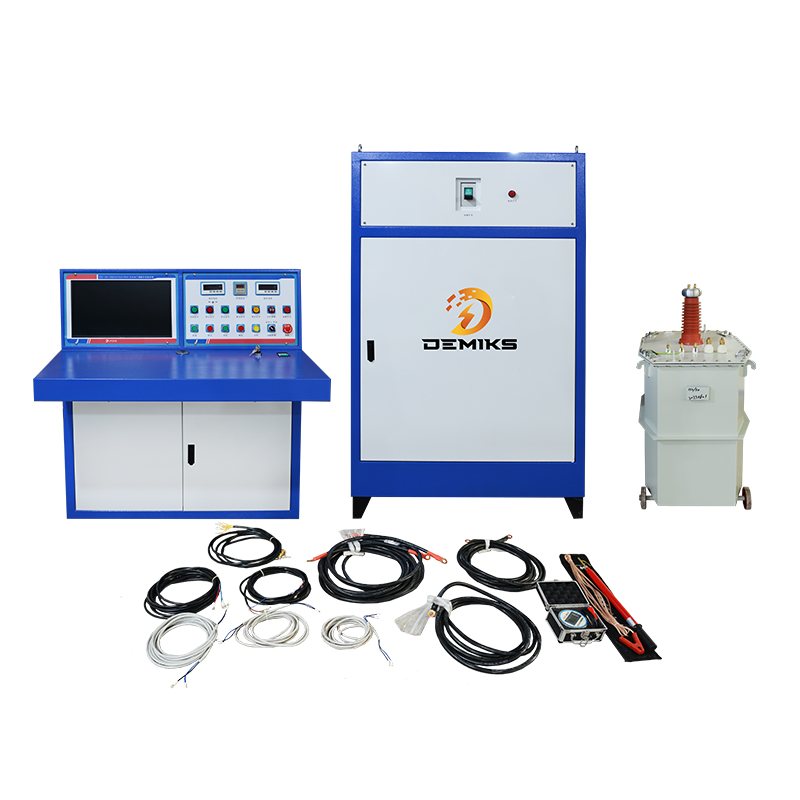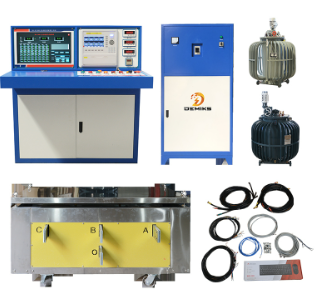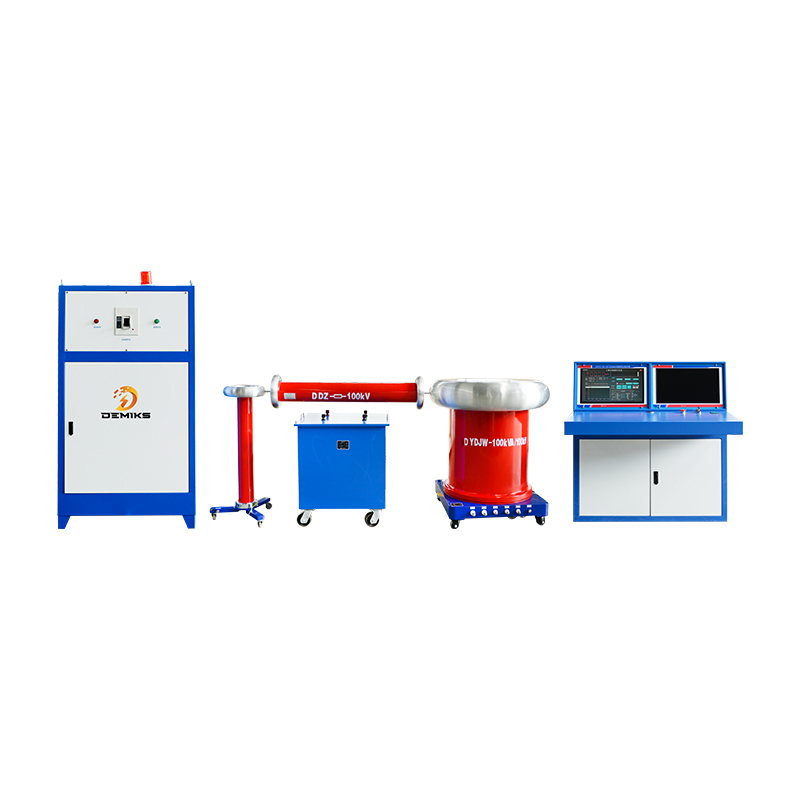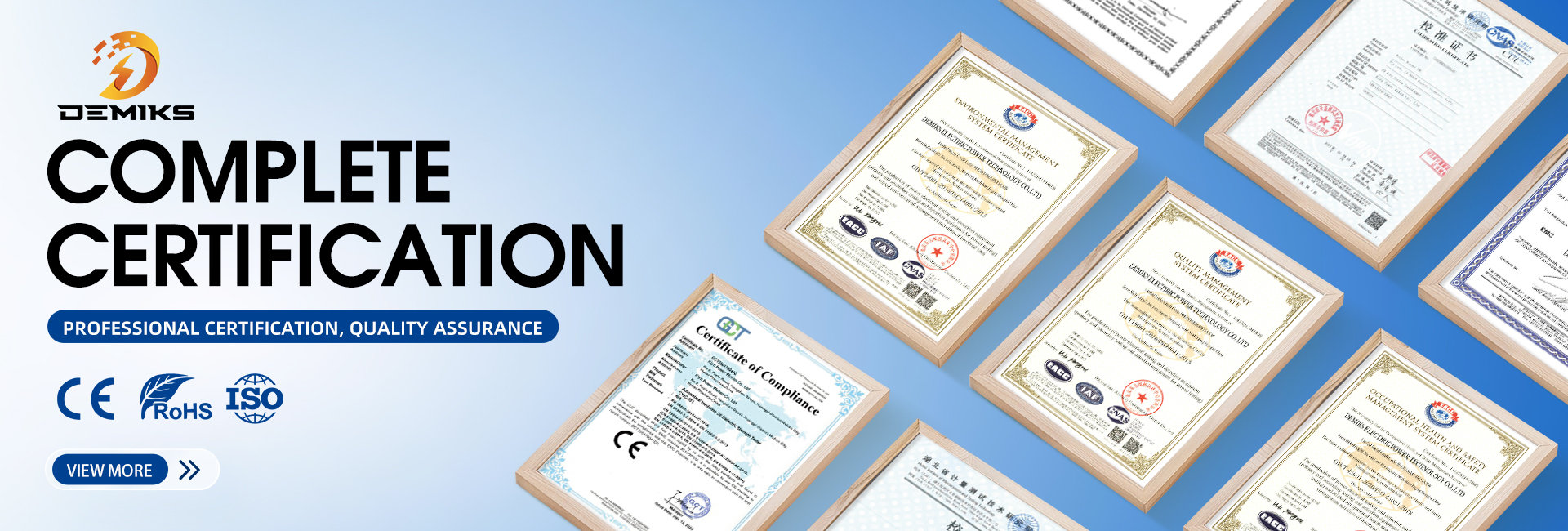Introduction to High Voltage Tester Types and Application Scenarios
High Voltage Tester: Comprehensive Guide
A high voltage (HV) tester is an essential instrument used to assess the insulation strength, dielectric properties, and electrical safety of high-voltage equipment. It is widely used in power utilities, manufacturing, laboratories, and maintenance operations.
1. Key Functions of a High Voltage Tester
✔ Dielectric Withstand Test (Hipot Test) – Checks insulation integrity under high voltage.
✔ Insulation Resistance Test (IR Test) – Measures leakage current to evaluate insulation quality.
✔ Partial Discharge (PD) Detection – Identifies early insulation degradation.
✔ Breakdown Voltage Test – Determines the maximum voltage insulation can withstand.
✔ Ramp & Step Voltage Testing – Gradually increases voltage to detect weaknesses.
2. Types of High Voltage Testers
| Type | Output | Key Applications |
|---|---|---|
| AC High Voltage Tester | 50Hz/60Hz or VLF (0.1Hz) | Transformers, cables, switchgear |
| DC High Voltage Tester | 0-100kV+ DC | Long cable testing, insulation diagnostics |
| Impulse Voltage Tester | Lightning/surge pulses (1.2/50µs) | Surge arresters, insulation coordination |
| Resonant Test System | Variable frequency AC (30-300Hz) | GIS, large transformers, HV cables |
| Portable HV Tester | Compact, battery-operated | Field testing, maintenance checks |
3. Critical Technical Specifications
Voltage Range (e.g., 0-100kV AC/DC)
Current Capacity (mA to A, depending on load)
Accuracy (Typically ±1% to ±3%)
Waveform Purity (<5% THD for precise testing)
Safety Features (Overcurrent/overvoltage protection, emergency stop)
4. Common Applications
A. Power Equipment Testing
Transformers – AC/DC hipot, turns ratio, and insulation tests.
Cables – VLF hipot, partial discharge, and tan delta testing.
Switchgear & Circuit Breakers – Dielectric withstand tests.
B. Industrial & Laboratory Use
Electric Motors & Generators – Insulation resistance and hipot testing.
Capacitors & Bushings – Breakdown voltage and PD detection.
Research & Development – High-voltage component validation.
C. Utility & Field Maintenance
Substation Equipment – Routine insulation checks.
Lightning Arresters – DC leakage current testing.
Transmission Lines – Insulator contamination tests.
5. Safety Precautions
⚠ Always ground the test object before and after testing.
⚠ Use proper PPE (insulated gloves, face shield, HV-rated shoes).
⚠ Maintain safe clearance distances (e.g., 1 meter per 100kV).
⚠ Follow IEEE 510 & OSHA standards for HV safety.
⚠ Discharge capacitive loads after testing to prevent shocks.
6. Leading Brands & Models
| Brand | Model Example | Key Feature |
|---|---|---|
| Hioki (Japan) | ST5520 | 5kV insulation tester |
| Megger (UK) | MIT515 | 15kV insulation resistance tester |
| Hipotronics (USA) | HVL Series | Up to 200kV DC/AC |
| OMICRON (Austria) | CPC 100 | Multifunctional HV test system |
| Sefelec (Germany) | VLF 40kV | Very Low Frequency cable tester |
7. How to Choose the Right HV Tester?
Voltage & Current Requirements (Match with test standards like IEC 60270, IEEE 400).
Portability (Lab vs. field use).
Testing Standards Compliance (UL, CE, IEC).
Budget (Entry-level vs. high-precision industrial models).
Conclusion
A high voltage tester is crucial for ensuring electrical safety and reliability. Whether for preventive maintenance, quality control, or R&D, selecting the right tester improves efficiency and reduces risks.
The above content is published by demiks, please specify, demiks is a substation equipment manufacturer, specializing in the production of high-voltage tester, transformer test equipment, circuit breaker test equipment, relay tester, SF6 gas analyser, cable fault tester and other products, if you have power test testing needs, please feel free to contact demiks power science and technology limited company or send an email! Give us: contact@demikspower.com
 Relay Protection Testing and Commissioning Gu
Relay Protection Testing and Commissioning Gu
 how to test microwave transformer
how to test microwave transformer
 how to reset circuit breaker with test button
how to reset circuit breaker with test button
 high voltage cable testing standards
high voltage cable testing standards





